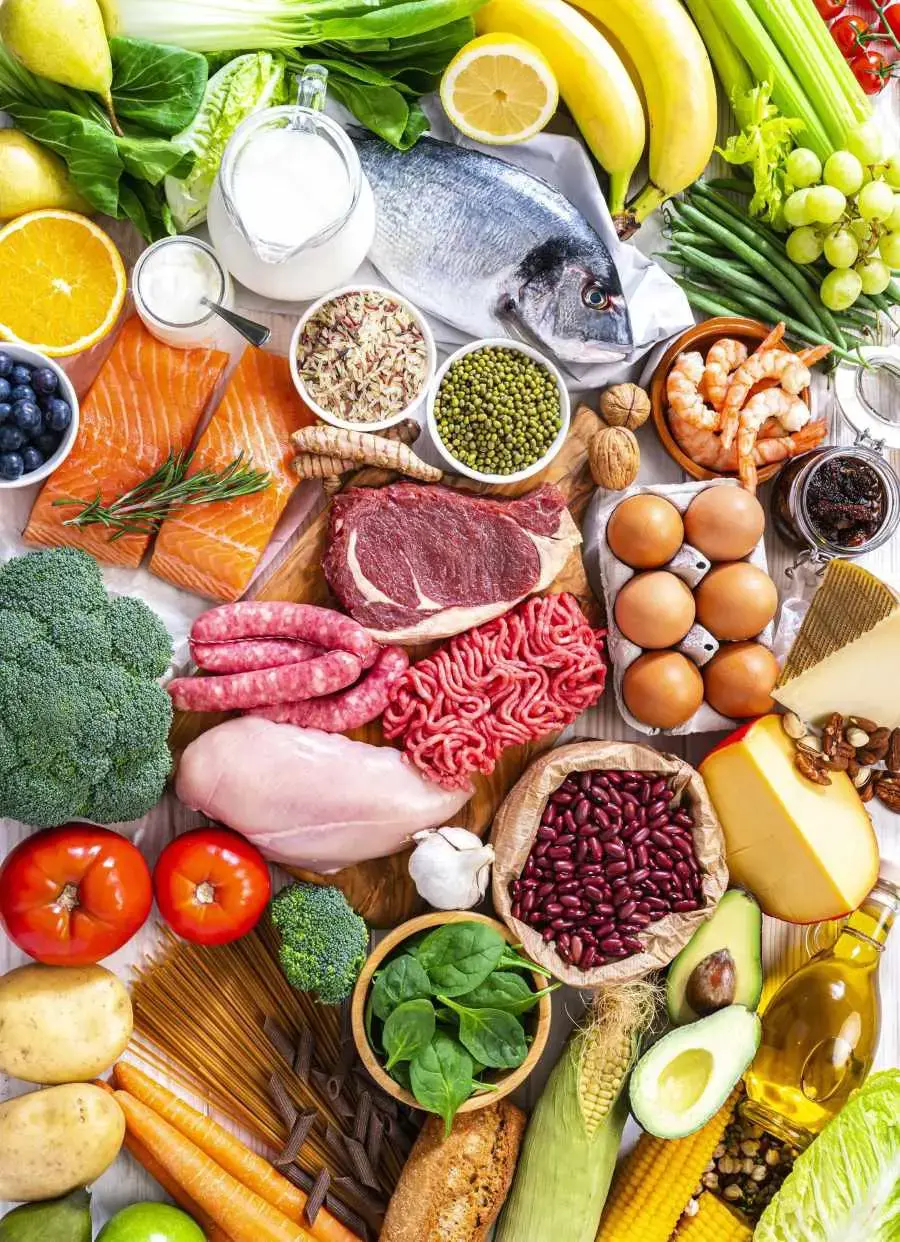1. Avocados

Half an avocado (68 grams) provides a whopping 345 mg of potassium. equivalent to 7% of the DB. Opting for a whole avocado will supply nearly 15% of the DV in a single serving.
Packed with vitamin K, beneficial fats, and folate, avocados may benefit individuals with high blood pressure, who often need to elevate potassium intake while simultaneously lowering their sodium consumption.
The fruit can be enjoyed over toast, in pasta sauce, or as part of a delicious salad dressing.





















